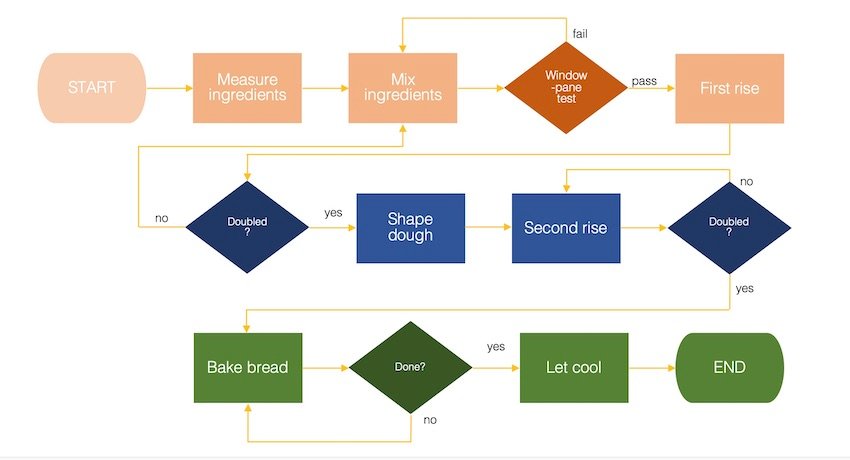
Flowcharts are prevalent in the world we live in today, and they are taught even in the primary school setups hence are a standard diagram to most people. However, few people know the critical things in a diagram maker and how to make a flowchart. For instance, flowcharts have a variety of symbols that serve different purposes. They make your flowcharts make sense and also easy to understand. The rectangle is the most popular flowchart symbol, denoting a procedure, action, or task. On the other hand, the diamond is the second most famous symbol used to signify a choice. Other flowchart symbols include sequential access storage, direct data, and manual entry.
When making a flowchart or diagram online, various diagramming tools are available to ensure that diagramming online is made easy. Flowcharts get divided into four categories. Document flowcharts, system flowcharts, data flowcharts, and program flowcharts are all examples of flowcharts. Although not everyone agrees with this classification, the fundamentals of creating a flowchart remain the same.
If you’re developing a flowchart with many responsible parties, you can use swim lanes to arrange them together. Swim lanes are an effective way to improve the readability of your flowchart, so you should employ them as needed.
Although you can create flowcharts from scratch, using templates is significantly easier. They assist you in reducing mistakes and remind you of excellent practices if you wish to utilize a pre-made template.
Listed below are some of the steps to take when creating flowcharts
- Ensure you have the main components of the process
This stage is required to determine what the process inputs and outputs and their activities are. Resources, information, and other factors that ‘feed’ the process are referred to as entries. On the other hand, Outputs are the process’s products, which might include information, judgments, permits, inputs, product pieces, components, services, and finished products, among other things.
- Ensure you have an order for the flowchart
Because the business process flow diagram is called a flow diagram, you must order the activities in the diagram. Make a timeline of events.
- Ensure you have the ideal symbol for the diagram
Process flow diagrams get drawn using a variety of notations. As a result, accurately marking each action with the appropriate symbols will make it much easier for anyone familiar with the symbols to grasp the flow rapidly—the levels of difficulty range from easy to complex. If you’re a novice, basic notations are best, but if you want to learn more about the subject and perform an all-around job, BPMN 2.0 is the way to go.
- Make connections
Connectors are ideal for this. Arrows and lines, dotted or not, are commonly used.
- Show the beginning and end of a process.
It may seem insignificant, yet many individuals overlook the importance of indicating when a process begins and concludes. And this is critical information for process owners, managers, and supervisors to establish limitations.
- Review your business process diagram
Once you have finished with your business flow diagram, it becomes easy to understand if things are. Therefore ensure you revise, re-study, and double-check that your graphical depiction of the process is accurate.






